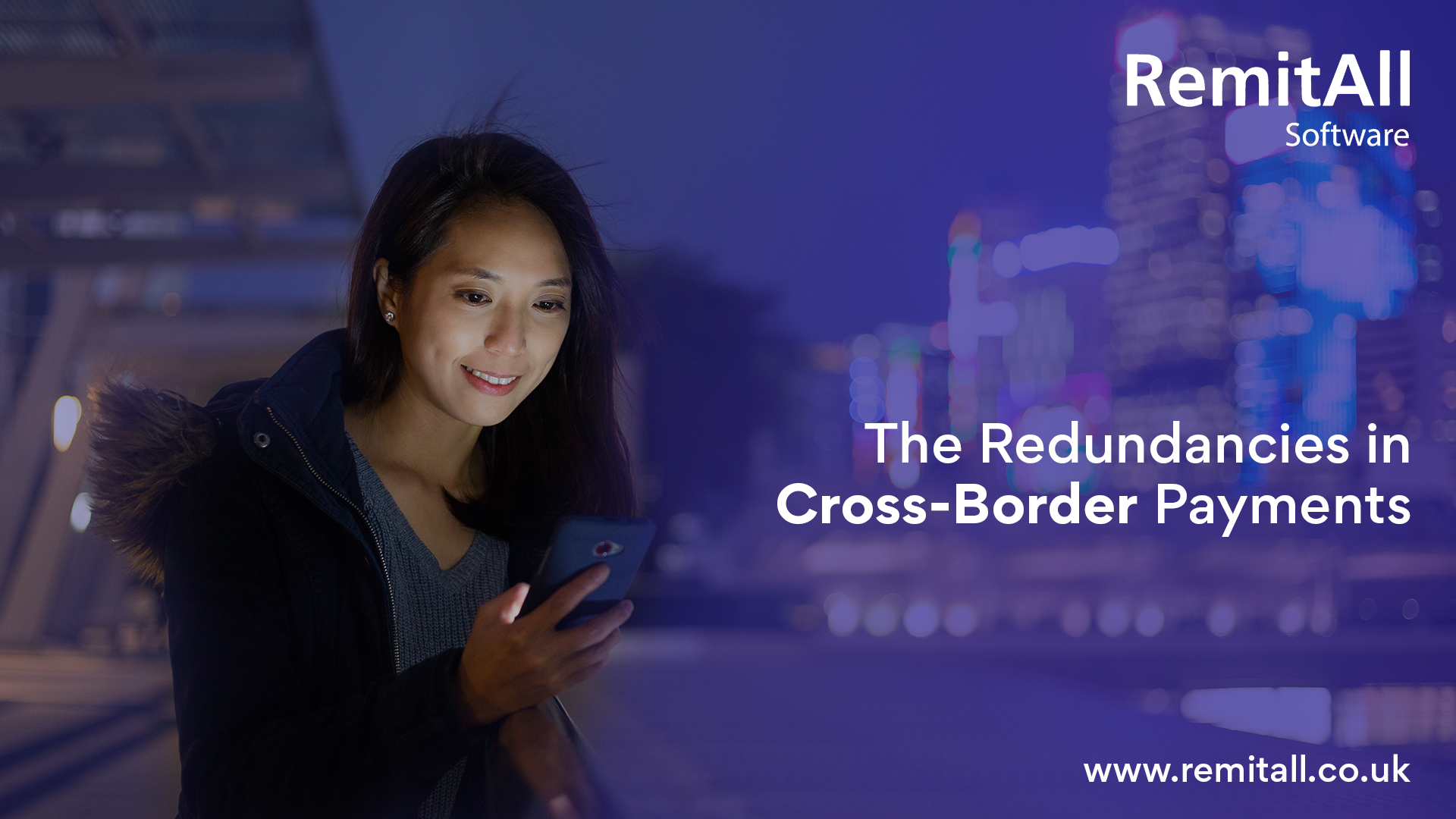MAR 28 - 4:30 Minutes
What are Cross-Border Payments ?

The basics of Cross-Border Payments
As the name suggests, Cross-Border Payments are financial transactions carried out between two separate countries; the sender and receiver are situated in different countries. These payments are not specific to any sector; they can be wholesale or retail.
Cross-Border Payments can be broadly categorised into two parts:
- Wholesale paymentsThese pertain to financial institutions that make huge transactions on an irregular basis. Some examples of these types of transactions are trading equity and debt, foreign exchange, etc. Typically, Governments utilise this form of payment for their more significant overseas transactions.
- Retail payments: The transactions made on an individual or a business level fall under this category. It includes Individual-to-Individual, Business-to-Customers(B2C), and Business-to-Business(B2B) types of transactions. This is a massive boon for people set up abroad, away from their families, and have to send money back home regularly.
The Importance of Cross-Border Payments
The past few decades have seen a massive surge in financial transactions over borders. Businesses and people alike are cutting across timelines, distances, latitudes, and longitudes; the world is getting closer every day. Cross-Border payments have become much more significant owing to the surge in international trade and influx of migrants to foreign countries.
According to reports, Cross-Border Payments will become a $400 trillion industry by 2030; to put that into perspective, it was around $100 million in 2015. The growth is almost unprecedented but not unexpected. Experts observed the early signs of cross-border payments and predicted it to become a booming industry some time ago.
So, what has contributed to Cross-Border payments becoming as successful as it has?
- Conglomerates growing and expanding their reach across countries has increased international transactions massively
- Businesses and business leaders are investing in operations across the world
- The surge in exchange of migrants across borders has considerably increased remittances over the borders
These are a few of the trends contributing to the increase in cross-border payments; the call for an efficient, secure and viable cross-border payment service is at its peak.
So, how do cross-border payment providers operate?
Any banking or financial system works in a closed-loop system. It is not designed to go out of the loop and circulates within the given space exclusively. Typically, the currency of a country at any given point circulates within the country only. It is not designed to flow through the economy of any other country. Therefore, currency or physical cash never travels overseas when an international transfer is made.
The traditional banking system worldwide works based on a bank in one country having a designated account allotted for foreign transactions only in another country; this enables banks to make payments in the currency of the required country. The funds are never physically sent over the border; the amount is debited from the sender’s bank account in one country and credited to the receiver’s bank account in another country.
The traditional cross-border payment system is not without its flaws; certain aspects of these payments cause a lot of friction. Some of these friction points are listed below:
- Ambiguity in Data Formats: Traditional cross-border payments are carried out between the two concerned banks. It is done in the form of messages, and no physical cash is ever exchanged. No two banks follow similar data standards and formats; it varies significantly from bank to bank. When a transaction is made, and a message is sent from one bank to another regarding the transaction, there can be a disparity between what was sent and what was received. This would lead to the receiver having ambiguous or incomplete data.
- Inconsistent Security Protocols:When an overseas fund transfer is made, there are a lot of intermediaries involved from start to finish. Each intermediary comes with its own set of security protocols that the transaction has to adhere to, failing which the transaction will be terminated. This makes the compliance checks extraordinarily time-consuming and expensive to design
- Legacy Technological Systems:
Most of the technology related to cross-border payments still runs on legacy-based systems designed before the modern technological advancements in recent years. These legacy platforms have a series of redundancies associated with them, such as:
- Limited data processing capability
- No real-time reporting
- Prone to manual human errors
- Delay in settlements
- Difficulty in integration with modern technology
- Reports Management Systems: Traditional cross-border payments are founded upon a paper-based system. Keeping track of all aspects of transactions is tedious as banks have to maintain a physical copy of each document submitted by the sender. A loss of a single piece of paper or some error in the documentation might even lead to termination of the entire transaction.
The points mentioned above are a brief compilation of the redundancies in traditional cross-border payment methods. The issues associated with international payments have been discussed extensively, there has been a global collaboration to mitigate these problems.
In the G20 Summit 2020 held in Riyadh, enhancing the systems involved in cross-border payments was set as a priority. The goal was to design a system that would enhance the customer experience along with optimizing the effort and time it takes to complete an overseas transaction.
One of the key outcomes of the discussion was the need for automation. Experts argue that empowering the existing legacy systems with newer cutting-edge technologies would start mitigating the negatives of the traditional methods.
International money transfer is a budding industry with many services targeting the global money transfer market. Services such as RemitAll Software use state-of-the-art technologies to provide cross-border remittance businesses with a wholesome and hassle-free experience for their payment operations.
RemitAll Software aces the overseas payment game with various features, instantaneous payments, and 24/7 customer service. The organisation also has a registered bank account in the UK that enables foreign transactions seamlessly. RemitAll Software aims to inspire the financial ecosystem worldwide to embrace the digital wave and maximise the benefits of incorporating technology into the finance world.
The rise of fintech has made the banking world stand up and notice what technology can do to increase productivity and optimise the overall customer experience. The world is turning towards technology, and cross-border payments are no different.
The financial ecosystem has to deliberate over implementing blockchain technology into their legacy systems. Reaping the maximum benefits from these technologies can be tricky and must be handled carefully.
The advent and introduction of newer technologies into the traditional cross-border payment streams can unlock many unidentified benefits. The synergy between finance and technology might be slow due to various barriers, but it surely is moving in that direction.
To know more about the world of cross-border payments, contact us at connect@remitall.co.uk or book a demo with us contact us
Reading time 4:30 Minutes
Abhra Paul
An ex-developer with a passion for writing. Skilled in Copywriting, Feature Writing, Social Media Posts. Started working as a content writer after spending 2 years with a tech giant as a software developer.
Categories
Shifting Towards Digital Spell the End of Agents in Remittance. Yes or No?
May 20- 2 Minutes 10 Seconds

Five Mantras For Digital Payments And User Friendly For Your Customers
May 21- 2 Minutes 30 Seconds

Impact Of Remittance In Migration And Rural Development
May 27-2 Minutes 10 Seconds

 English
English Português
Português
